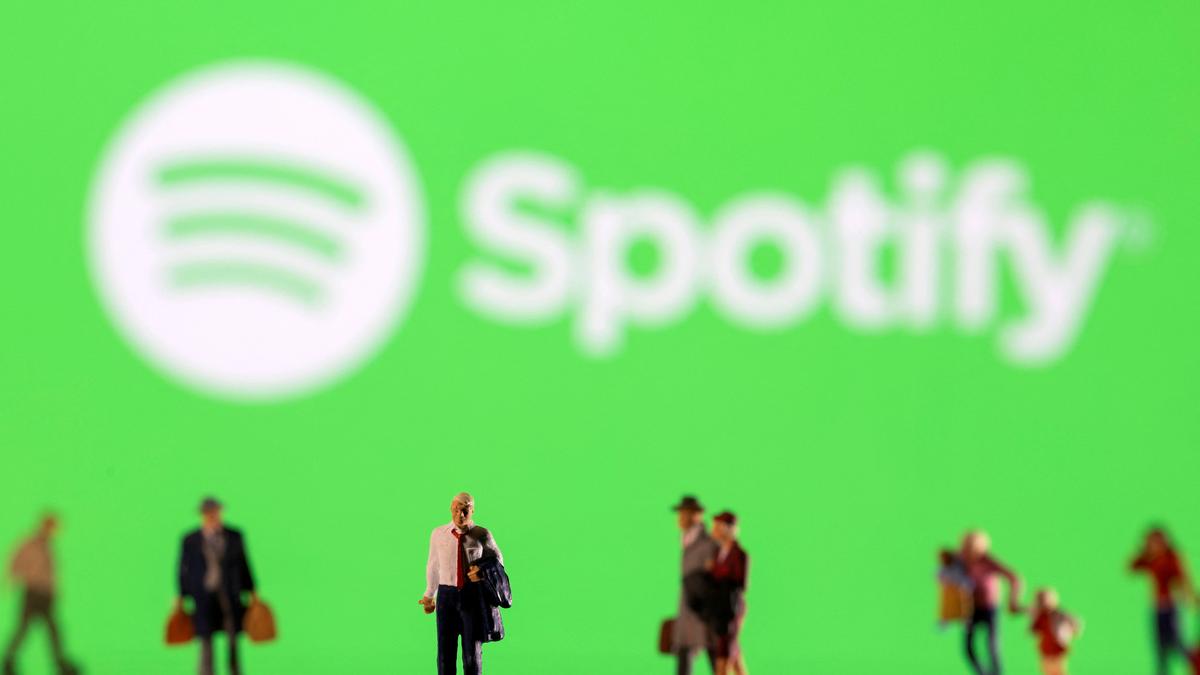Streaming services have revolutionized the way music is consumed, with Spotify leading the charge. But the complex system of royalties and payments has left many artists wondering if they’re getting a fair deal. This article explores the intricacies of how money flows from Spotify to artists, highlighting the concerns and potential solutions surrounding this crucial issue.
The Streamshare System: How Spotify Calculates Royalties
Spotify, like most other streaming platforms, utilizes a system called “streamshare” to determine how royalties are distributed. This process involves a two-step approach:
Step 1: Payments to Rights Holders
Spotify pays a percentage of its revenue (roughly two-thirds) to the rights holders of the music on its platform. These rights holders can include:
- Record labels: Major labels like Sony, Warner, and Universal control the distribution rights for many artists.
- Distributors: Independent artists often rely on distributors like DistroKid and TuneCore to upload their music to streaming platforms.
- Aggregators: Organizations like Merlin represent a network of independent labels, facilitating distribution and royalty collection.
- Collecting Societies: These organizations, like ASCAP and BMI, collect performance royalties for songwriters and composers.
Spotify calculates these payouts based on the total streams for each rights holder in a specific market. The more streams a rights holder generates, the greater their share of the revenue.
Step 2: Artist Compensation
The way artists receive payment from the rights holders depends on their specific contractual agreements. Self-distributed artists often receive the majority of their royalties directly. However, artists signed to labels or publishers receive a share of their earnings based on their contracts, which can vary widely in terms of royalty rates and structure.
The “Penny Fractions” Debate: Is Streaming Enough?
Despite Spotify’s hefty payouts to rights holders, many artists struggle to earn a livable income from streaming. The common notion of artists making “penny fractions” per stream is a simplistic representation of the complex reality.
The Importance of Streamshare and the Struggle for a Fair System
Spotify clarifies that there’s no fixed per-stream rate. Instead, royalties are based on a proportional distribution of the total revenue, depending on an artist’s streamshare.
However, the current system has drawn criticism for disproportionately benefiting artists with a massive number of streams and major labels with significant market share. This has led to calls for a shift towards a user-centric system, where royalties would be paid directly to artists based on what each individual user streams.
The “Long-Form” Dilemma: Not All Music Fits the Streaming Model
The focus on generating a large number of streams incentivizes artists to create short, easily digestible tracks, which may not be suitable for all genres or artistic styles. Musicians who create longer, more complex works or those whose music is less commercially appealing may find themselves facing lower royalty earnings due to the system’s emphasis on maximizing streams.
Addressing the Concerns: Proposed Solutions and Challenges
The need for a more equitable streaming ecosystem has sparked discussions around reform, leading to both political and industry-level initiatives.
The Living Wage for Musicians Act: A Call for Fair Compensation
The Living Wage for Musicians Act, introduced by U.S. Representatives Rashida Tlaib and Jamaal Bowman, aims to establish a minimum royalty of one cent per stream, funded by a levy on streaming platform revenues. This proposal represents a direct payment to artists from streaming services, bypassing the current intermediary structure.
While the act holds potential for improved compensation, its impact and feasibility remain uncertain.
Spotify’s Strategies and the Tension Between Revenue and User Satisfaction
Spotify, acknowledging the need to maximize revenue to compensate artists, has adopted various strategies:
- Eliminating Micropayments: Spotify eliminated payouts for songs with less than 1,000 annual streams, aiming to ensure that artists with larger streamshares receive a larger share of the overall pool.
- Price Increases: Spotify has implemented price increases for its subscriptions, aiming to increase revenue and, in turn, royalty payouts. However, this can also lead to churn and subscription cancellations.
- Expansion into Audiobooks: The addition of audiobooks to Spotify’s subscription offerings resulted in a lower royalty rate for U.S. songwriters, raising concerns about the potential for further revenue loss for artists.
The balance between generating revenue and maintaining user satisfaction remains a key challenge for Spotify and the music industry as a whole.
Takeaways
The streaming music landscape is complex, raising ethical and financial concerns for artists. The focus on generating maximum streams has led to challenges for artists who produce music that doesn’t align with the current system’s structure. The debate over artist compensation continues, with proposed solutions such as the Living Wage for Musicians Act offering potential for a more equitable and sustainable future for the music industry. As the music ecosystem continues to evolve, finding solutions that balance the interests of artists, rights holders, streaming platforms, and music consumers will be crucial for ensuring the long-term viability of music creation.









